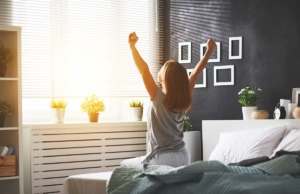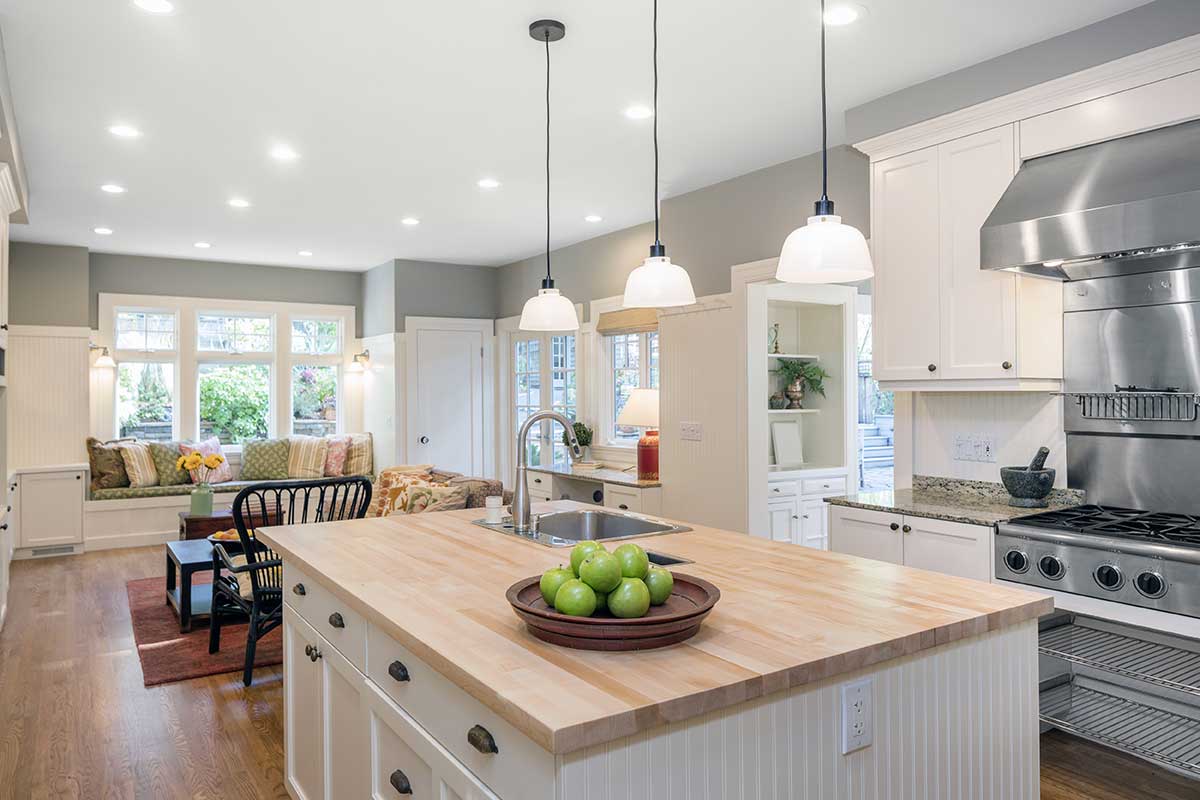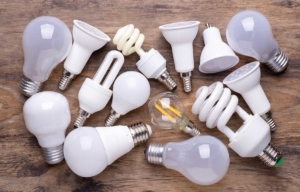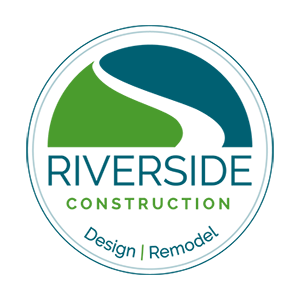Why It’s Important to Create a Healthy Home Lighting Plan for Your Lafayette or West Lafayette Home Remodel
When designing a home lighting plan, designers will often focus first on the important functional and aesthetic qualities of light. While these are vital considerations, another often neglected factor is how light affects our health. The interchange of bright daytime light and night-time darkness influences the quality of our sleep and, thereby, our physical health and mood.
This interchange is known as the circadian rhythm, the body’s internal clock that regulates when to be alert and when it’s time to sleep. So before your next home remodels, consider some of the ways your lighting choices might have an impact on your daily sleep-wake cycle.
The Science Behind the Need for Proper Lighting
 Our circadian rhythm is set by the light we see via specialized light sensors within the eye. The rhythm is adjusted according to the light and dark cycle in our environment, both natural and artificial. These circadian cycles influence our sleep but also a lot more. The related physiological processes can affect our metabolism, body temperature, cardiac function, and even our hormones, as well as aging.
Our circadian rhythm is set by the light we see via specialized light sensors within the eye. The rhythm is adjusted according to the light and dark cycle in our environment, both natural and artificial. These circadian cycles influence our sleep but also a lot more. The related physiological processes can affect our metabolism, body temperature, cardiac function, and even our hormones, as well as aging.
While our diet and level of exercise also influence our circadian rhythm, it’s light that has the most significant impact. Without exposure to the natural day-night cycle, our sleep patterns get disrupted, and we begin to feel tired, moody, and susceptible to physical ailments. Unfortunately, our modern technological lifestyles don’t help, especially when it comes to home lighting and screens.
The Benefits of Natural Light
The best way to positively influence our internal body clock is by accessing as much natural light as possible during the day and softening artificial light before sleep. This is because natural daylight regulates our circadian rhythm the most and also brings with it a number of its own direct benefits.
Studies of the workplace have shown natural light in an interior leads to higher productivity. We naturally feel more energized in a room bathed in daylight, which can be particularly beneficial if you work from home, like increasing numbers of people are doing.
Natural light is also beneficial for our eyesight, especially when viewing screens for extended periods. Daylight helps the eye produce dopamine that contributes to healthy eye development in children and young adults.
Plus, perhaps the most well-known benefit of natural light is its mood-enhancing qualities. In daylight, especially when sunny, we tend to feel increased levels of wellbeing. The more we allow natural light into our homes, the better we feel.
Renovations That Add More Natural Light
 Increase the size of windows
Increase the size of windows
The most obvious way to add light is to increase the size of your existing windows wherever possible. In older homes, windows tend to be smaller to conserve heat. But these can be enlarged thanks to modern advances in window technology, without any negative repercussions on your energy bills.
Window location
Consider also where you can add windows. Even creating a small window at the side of the house can bring in a sizeable amount of much-needed daylight to a too-dark space.
Skylights
Skylights and sun tubes bring natural light from above, allowing you to increase the daylight in an interior even if you can’t further modify the windows. A sun tube channels natural light via a highly reflective tube and can look light artificial ceiling lighting when you first see them – except they are healthier and cost nothing to run.
Doors
Doors are another feature that you can modify to allow more natural light into a dark hallway or kitchen. Choose a door with a window or with sidelights. Modern windows are highly energy-efficient, and windowed doors come in a wide variety of styles.
What Are the Healthiest Types of In-Home Lighting?
 Artificial lighting considerations are every bit as important as those of natural lighting. The two need to work together through the day-night cycle. In the evenings, at night, and during the winter months, we rely on good indoor lighting to safely navigate our homes, prepare food, host guests, take a bath, socialize with our families, work, and relax.
Artificial lighting considerations are every bit as important as those of natural lighting. The two need to work together through the day-night cycle. In the evenings, at night, and during the winter months, we rely on good indoor lighting to safely navigate our homes, prepare food, host guests, take a bath, socialize with our families, work, and relax.
Indoor lighting is essential for our daily functional requirements and emotional wellbeing, with light influencing how we feel within our environment. But it’s all too easy to choose the wrong type of lighting, especially when it comes to the bulb.
The best indoor lighting mimics the light we find in the natural environment – from the sun. Incandescent and halogen light bulbs are the closest thing to sunlight and are a healthy bulb choice. That said, they are losing appeal in the United States because they use too much energy to produce the light they emit. Government restrictions will likely be further tightened in the years to come.
LED lights are increasingly the bulb of choice and for good reason. They are more energy-efficient, longer-lasting, emission-free, durable, and diverse in scope and design. Because of this last reason, it’s essential to choose your LED bulbs carefully. Not all are created equal, especially when it comes to health.
Select LED lights that come close to resembling daylight. Healthy LED bulbs have a warm color temperature of about 2700 kelvins (k) or less and a Color Rendering Index (CRI) of 95 or more, indicating color accuracy.
Create a Healthy Home Lighting Plan
Developing a healthy lighting plan for your Lafayette or West Lafayette home is more than simply adding a few suitable bulbs and nice lamps. In order to help the human body and mind transition from day to night, it’s important to consider how lighting needs to change over the hours and the localized tasks for which light is required.
As noted, adding as much daylight as possible during the daytime helps our mood. Adding daylight-like bulbs also brings health benefits when indoor lighting is required. Plus, there are the transition stages, especially in the hours before bed when too many bright lights can reduce our ability to wind down.
A healthy lighting plan developed in conjunction with your trusted remodeling partner can help you determine the best lighting options for different stages of the day and for each room and area.
A good lighting design plan includes consideration of three distinct layers: Ambient, Task, and Accent Lighting.
- Ambient lighting is the light cast across the entire room, usually located on our ceilings, in some form or another.
- Task lighting, as the name suggests, is a more concentrated beam of light used to illuminate a small surface used for tasks, such as a food preparation surface in a kitchen.
- Accent lighting lies somewhere in the middle. It highlights features within a space such as artwork, a cabinet, or even simply a room corner.
The different layers of indoor lighting allow you to modify the amount of light in a room at different times of the day. As bedtime approaches, some lights can be turned off as other forms of lighting gently guide you into a frame of mind conducive to sleep.
And this is what we can help you achieve.
Your Home Remodeling Team in Lafayette, Indiana
Riverside Construction, founded in 2008, is the go-to professional design-build team that has earned the respect and confidence of discerning homeowners in the Lafayette and West Lafayette areas.
With an award-winning team of highly skilled and experienced professionals in various fields, we excel at listening to client ideas and then translating those dreams into reality. We can help you decide on a direction, guide you on pandemic-related remodeling issues, and be with you every step of the way to ensure your dream home is achieved.
Contact us now to schedule an initial conversation about your upcoming home remodel. We’ll be happy to answer your questions, listen to your ideas, soothe your worries, and work with you to finalize your plans.



